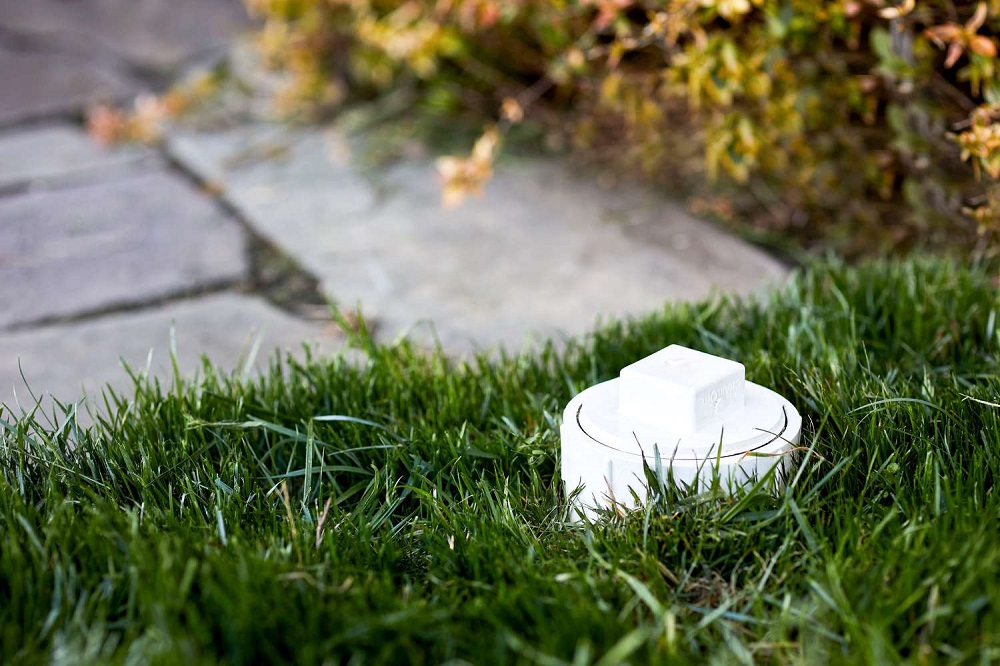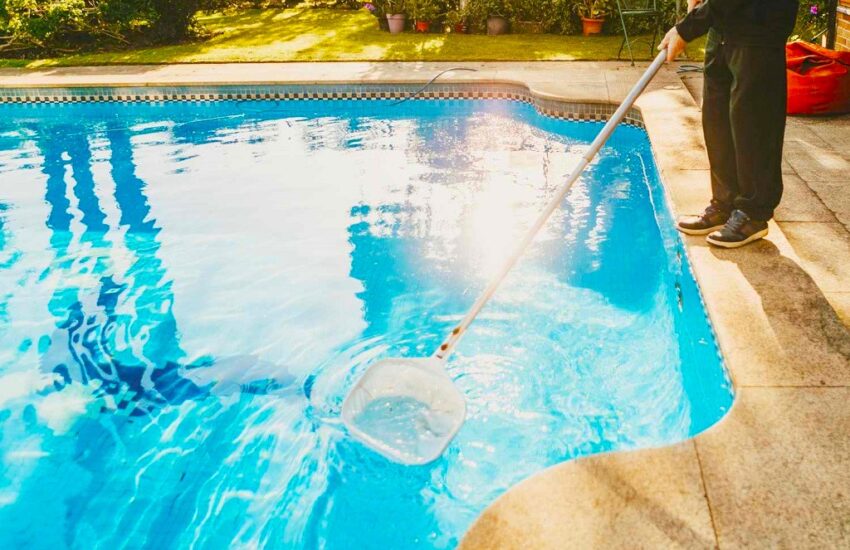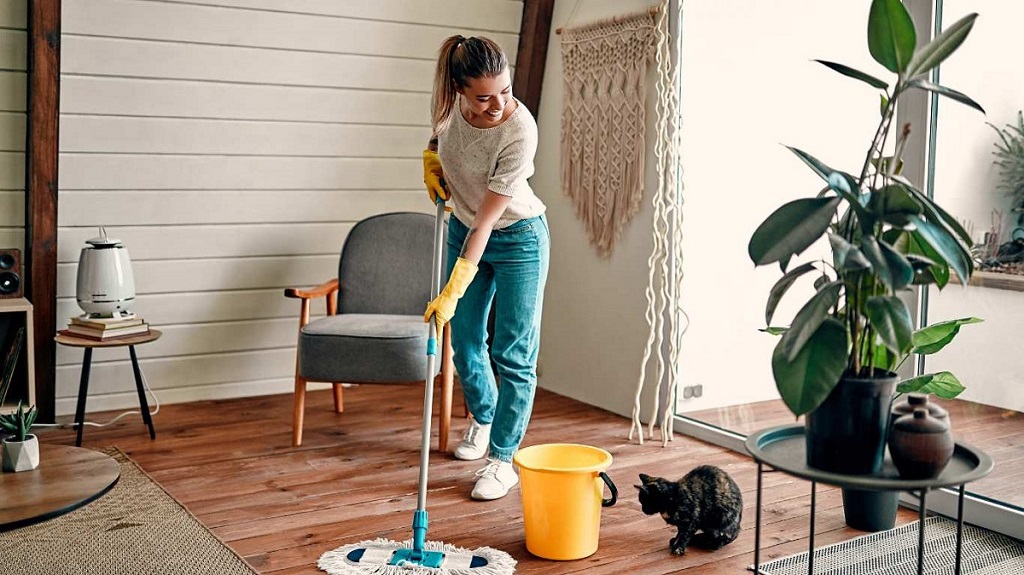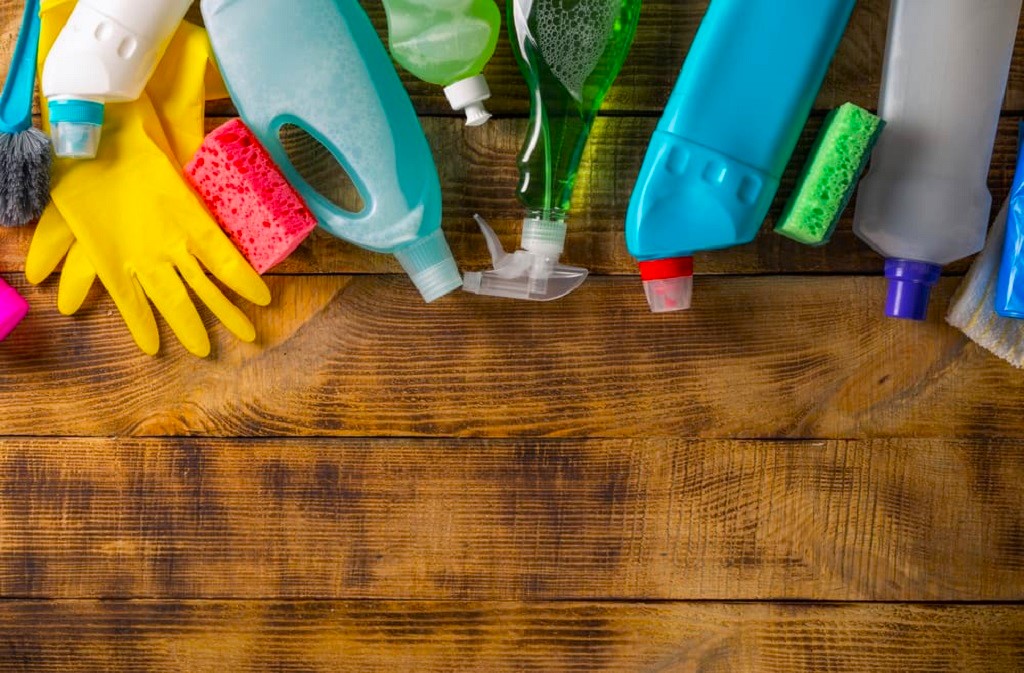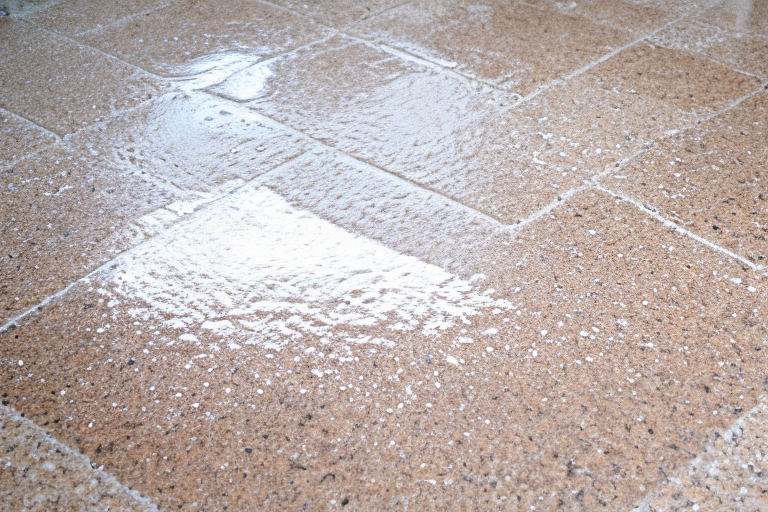Sewer cleanout caps are essential tools that help you clean your sewer. You may have noticed them in your home. They are hidden in the drain, and they allow you to access the sewer for maintenance. When should you use sewer cleanout caps? The answer is simple—when it’s needed. In general, when maintenance is required, cleaning your sewer can prevent clogs from forming and reduce the risk of damage to pipes in your home.
However, there is always a risk of damaging pipes when working with a flange or other parts of a plumbing system. Sewer cleanout caps also come with their fair share of risks and risks that need to be taken into consideration before using them. In this blog, we will cover all aspects of sewer cleanout caps—from what they do to the risks involved in using them—so that you can make an informed decision about when to use them and how much risk they pose in your daily life.
What are sewer cleanout caps?
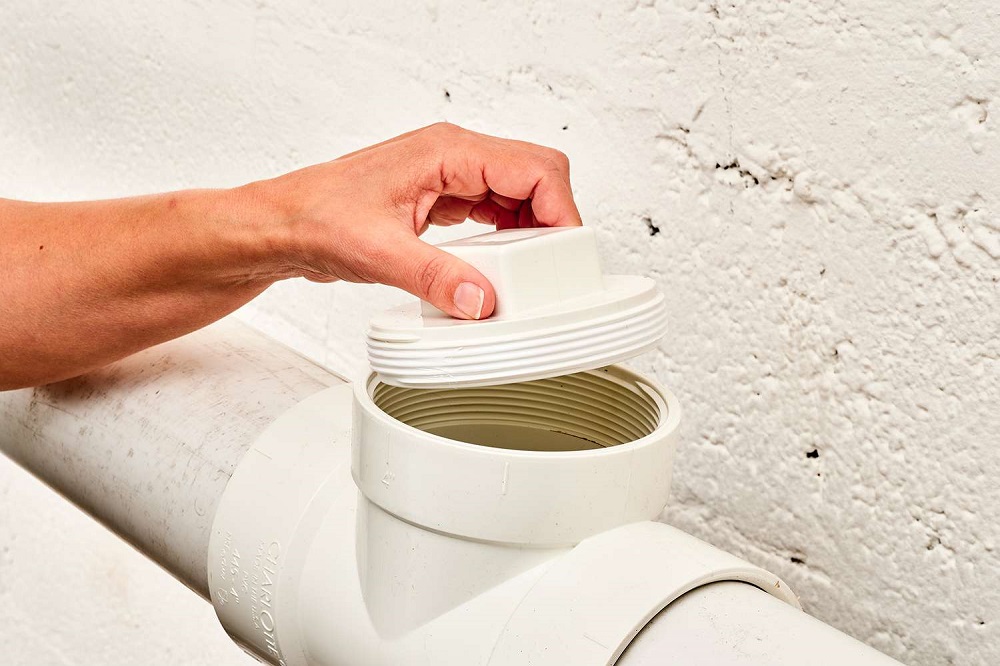
Sewer cleanout caps are a type of drain plug designed to prevent sewer backups. The cleanout caps come in a variety of shapes and sizes, and can be made from brass, steel, or plastic. Sewer cleanout caps are easy to install and can be used to prevent sewer backups in any type of drainage system. They can also be used to fix broken sewer lines and keep stoppages from occurring. When choosing a sewer cleanout cap for your drains, consider the material, size, and style that best suit your needs and objectives.
You can also read Sewer Cleanout Caps: What You Need To Know for additional information on sewer cleanout caps and how they can help prevent sewage backups.
How do sewer cleanout caps work?
A sewer cleanout cap is a small piece of durable material that is installed on top of the sewer line to prevent debris and water from entering your home or building. Sewer cleanout caps come in a variety of sizes and shapes to fit any type of sewer line. They are easy to install and remove, making them a simple way to prevent flooding and damage. A sewer cleanout cap can help protect your property from sewage backups and other potential problems. Overall, they are an essential part of any plumbing system, helping to prevent flooding and other damages.
Types of sewer cleanout caps
Sewer cleanout caps are available in various shapes and sizes to suit any type of sewer. They are made from different materials, such as metal, plastic, and rubber. Sewer cleanout caps come in a variety of colors to help you easily identify them. Sewer cleanout caps are easy to install and can be used to block off sewer entrances or access areas. They are useful for preventing waste from entering the sewer system. Sewer cleanout caps can be used to prevent sewer gases from entering the house. Sewer cleanout caps are cost-effective and safe to use. They provide complete protection against seepage and other environmental issues.
In addition to their functional uses, sewer cleanout caps add beauty and elegance to your home’s exterior. You can choose from a wide range of styles and designs that suit your tastes and preferences.
How to use sewer cleanout caps
– Sewer cleanout caps are used to clear obstruction in sewer lines.
– Sewer cleanout caps are made of metal or plastic and have a threaded end.
– Sewen cleanout caps are inserted into the opening of the sewer line.
– The threaded end is then screwed onto the upper part of the sewer cap, creating a seal.
– This seal prevents sewer gas and dirt from entering the pipe and causing damage.
– They can be purchased with or without a gasket, depending on the situation.
If you’re using sewer cleanout caps, it’s important to follow all the steps stated in the manual that came with them. Also, make sure to use a gasket if one is included in the purchase.
What to do if there is a problem with the sewer cleanout cap
If you notice a problem with the sewer cleanout cap, you should call your local emergency services immediately. If you can’t reach the sewer cleanout cap by phone, use a ladder to access it. Once you’ve reached the sewer cleanout cap, clear any debris from the opening using a shovel or a plunger.
This will help prevent sewage from being trapped in the opening and potentially causing a backup. You can also use a snake or a ball valve to clear any obstructions from the sewer line. You can use this method to clear rocks, pieces of wood, or other items that could be lodged in the line. Finally, you can close the sewer line using a check valve or a ball valve. This will ensure that no sewage enters your home or property.
Once the sewer line is cleaned out and repaired, your local contractor will be able to reinstall the sewer cleanout cap and complete the repairs as needed
What to do if the sewer cleanout cap fails
If the sewer cleanout cap fails, it’s important not to attempt to fix the problem yourself. Instead, call a professional plumer to inspect the sewer line and repair the cleanout cap. This will prevent sewage from entering your home or yard, which could cause serious harm.
If the cleanout cap is partially blocked, you can try using a plunger or bucket to dislodge the material blocking the pipe. Keep in mind that not every sewer cleanout cap leaks or breaks, so it’s important to check them regularly.
Conclusion
A sewer cleanout cap is a small plug that you place in an area of your sewer system that needs cleaning. It works by plugging up the area and trapping any waste that has collected inside the pipe. These plug-in caps are usually made of steel or plastic and are used on manholes, main sewer lines, and other areas in your sewer system that have built-up waste. A sewer cleanout cap helps to reduce blockages, maintain a proper sewage flow, and lessens the chance of leaks. Comment below if you need to use a sewer cleanout cap or if you require more information on the topic.

